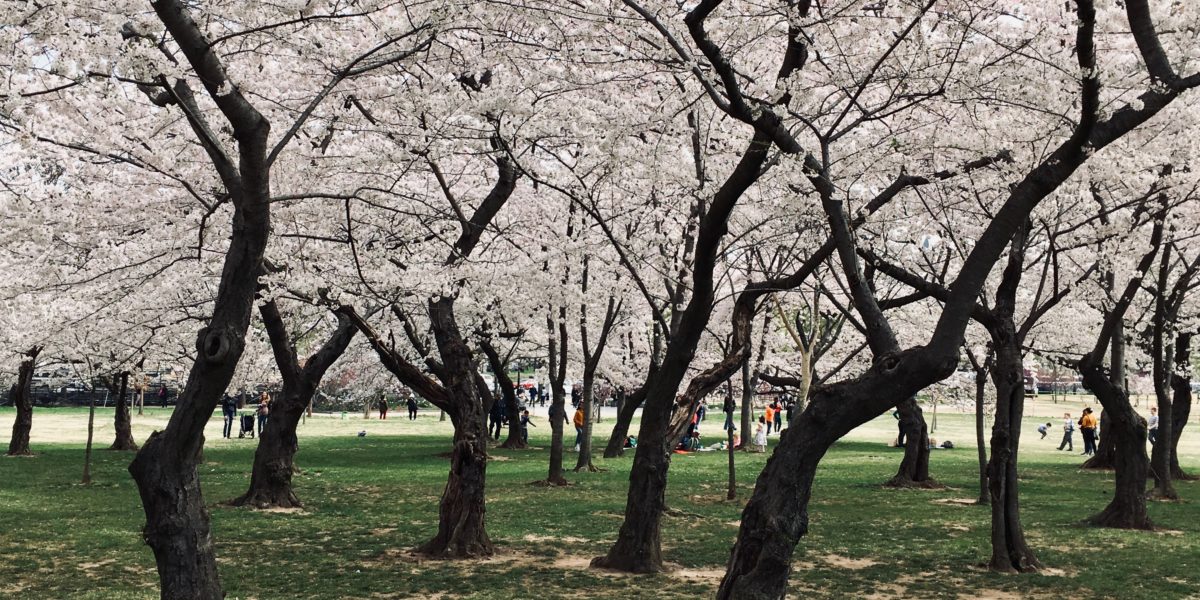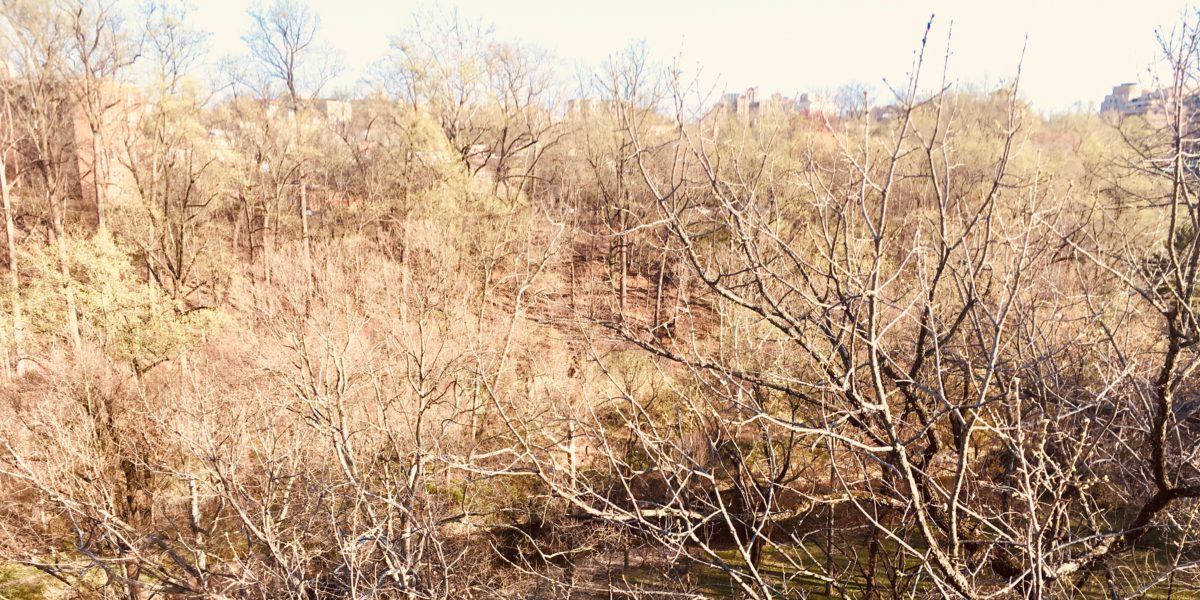I was very fortunate to be able to take up an invitation from Aparna Parikh and Nida Rehman to participate in a session at the American Association of Geographers annual meeting in Washington DC earlier this month, on ‘Urban Climates: Power, Development and Environment in South Asia’.
I presented some emerging work on framing the Chennai rainwater harvesting programme as a political and representational project of intervention into the hydrogeology of Chennai, looking at some ways in which groundwater is conceptualised. Other great contributions came from Nipesh Palat Narayanan (on Columbo, Delhi, and being ‘world class’), Shruti Syal (on settlement infrastructure in Mumbai), and Farhana Ahmad (on water provision for two cities in Bangladesh), with helpful responses from Dr Nausheen Anwar (IBA Karachi).
The session was followed by an informal panel discussion which helped to probe some points of interest from the earlier papers, as well as set up productive questions for the upcoming workshop in Cambridge in June, which continues the USF-funded seminar series.
Whilst my abiding visual memory of the AAG will be of the carpet of academics strewn across the (numerous and vast) lobby floors of the Marriot hotel—frantically finishing scripts, engaged in concentrated huddles, or just sleeping it all off—the conference offered a huge amount of other sessions on varied aspects of urbanism, (socio-)ecology, physical geography, multispecies studies, and more. The many sessions I missed out on included Fermented landscapes, Molecular Revolutions, and The ‘work’ of nature. Those I managed to attend emerged mostly by chance, either in conversation, by recommendation, by following my nose, or by following others—rather than by any systematic trawl of the several-hundred pages of schedule.
Following her paper on street dogs in Chennai, I attended the first Multispecies Stories session to hear Krithika Srinivasan’s articulating forms of more-than-human social change in Tamil Nadu, as a counterpoint to narratives of environmental action as bourgeois, middle-class, feminized, etc. The session started with a great paper from Stephanie Rutherford, on co-option of animal stories by the alt-right, and the ’symbolic pliability’ of the wolf (‘animals have always exceeded the representations that have sought to contain them’, ‘it’s the ambivalence of the wolf that matters’), and ended with Kiethen Sutherland contrasting local (Illilowuk) knowledges of beavers with institutionalised conservation schemes.
Laura Denning (who presented at Monsoon [+other] Waters last year) was speaking in the Hydrofeminism stream, and so I attended the first session, where Alysse Kushinski spoke on ‘leaking’ in a way which chimed with my own work, despite coming from an entirely different place (media studies!).
The afternoon session on Critical engagements with creative geographies was full of fascinating reflections on research tools and creative methods, including a haptic auto-ethnography of using GIS (Philip Nicholson), a powerful report on participatory video/audio/mapping with young people in Milwaukee (Kela Caldwell and Kallista Bley), and an important reflection on the emergent and contingent nature of collaboration (Madhumita Dutta, referring to fieldwork in Sriperumbudur).
Thanks to persistence of jet-lag, up in the dark every morning, ready to go well before the 8am sessions I had thought would be off-limits. On Friday I joined London-based colleague Tim Waterman for the first panel session of Landscape Forensics 2.0, organised by Joern Langhorst and Joni Palmer. The panel developed a conversation started at AAG 2017. Distinct from the recent use of ‘forensic’ in architecture, here questions were raised on the insufficiency of measure, necessity of speculation, and ‘the hidden, the invisible, and the unseen’. Where evidence and interpretation are sometimes conflated in service of ‘truth-telling’, there is always ‘a hard to decipher mosaic’ of conflicts and tensions between different actors, agents and processes. Exploring this mosaic is itself productive, and landscape forensics is interested in a much broader approach of making sense of landscape space and place, thinking critically about understandings of landscape and knowledge production. Landscapes are not one thing but many things, and it is the relations between things that are important. Heidi Hausermann discussed ‘ontological multiplicity and liveliness in understanding landscape’, questioning whose practices or ways of being in the world are recognised—referring to and drawing on Zuni ways of knowing landscape (as documented by the A:shiwi Map Art project).
On Saturday, a casual drop into the early Vegetal Geography panel discussion led me on to attend their full stream, including two subsequent paper sessions—all organised by Megan Betz and Jared Margulies. The sessions explored vital questions of method, subjectivity, ethics, experience, narratives… moving away from bodies of knowledge that treat nature as utilitarian, and all in relation to working with and opening up research to the more-than-human. In an amazing set of papers that included almonds (Emily Reisman), and ayahuasca (Laura Dev), Anna Lawrence spoke of ‘vegetalising concepts’ like consciousness. What is it about ourselves that allows us to think that a brain is the only vessel of cognition? Later, I enjoyed Matthew Beach’s invocation of Natasha Myers and Joe Dummit, exploring ‘haptic creativity’ through his role as geographer-in-residence at Phytology in Bethnal Green. Value is constituted in relations. None of these things are entirely non-human: they are co-constitutive conditions of possibility.
Finally, I joined the Extended Urbanization panel sessions (led by Christian Schmid) in time for Metaxia Markaki’s narrative of urban-rural intra-connection in Arcadia, Greece (also drawing on Philippe Rekacewicz’s radical cartography). In a great surprise, AbdouMaliq Simone summed up the feeling at the end of the session: ‘A strange generativity that cannot be easily subsumed within the common vernacular of urban studies. Territories are shifting beneath our feet. Demanding new methods.’
Feeling exhilarated, I had been accompanied in and around the conference by Richard Powers’ wonderful book ‘The Overstory’, and now my sense of delight continued as left the conference and crossed the Duke Ellington bridge, above Rock Creek at the level of the tree canopy. Recounting my day later to Tim, he said, ‘you’re totally blissed out, aren’t you?’. I was.


